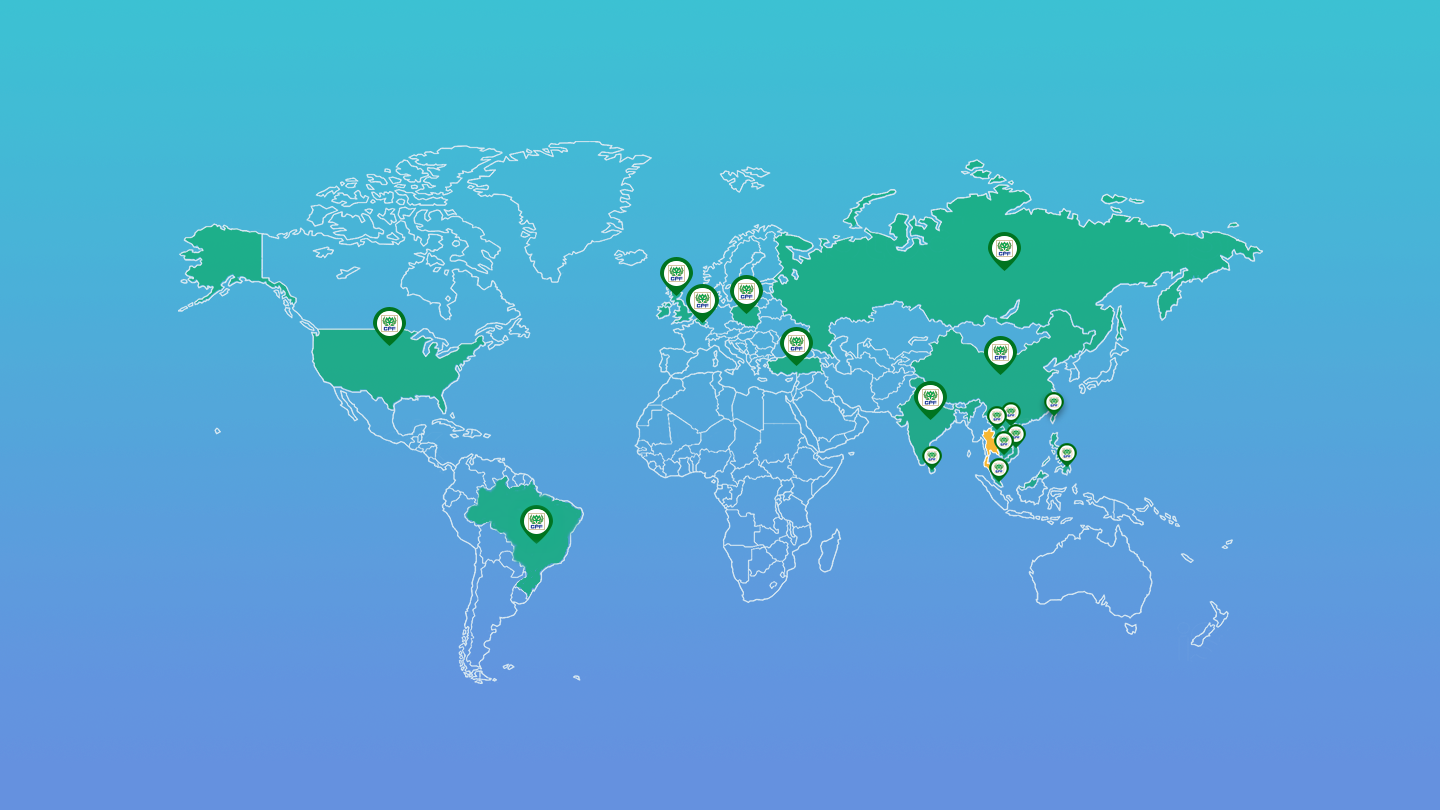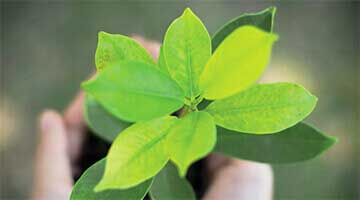During 1970 and 2016, the Living Planet Index (LPI) had continued to decline. By 2016, the average global animal population decreased by 68 percent. Forest resources which are food sources, genetic sources for production of medicines, and habitats of pollinating animals, pollinators and insects, have been constantly destroyed. This is mainly due to forest encroachment for agricultural activities such as growing food crops and raising animals, along with the use of chemicals, pesticides, chemical fertilizers, and agricultural burning. As a result, the world's biodiversity that is essential to human food production is lost. Food producers and retailers, therefore, have focused on sourcing raw materials that are not derived from areas of deforestation and that are free of forced labours.
2025 Target :
- 100% of key raw materials sourced from deforestation-free areas
2030 Target :
- 20,000 rais (3,200 hectares) of conservation, protection, and restoration area of mangrove forests and watershed forests increased in strategic area and green area in operations
- 200,000 tons of cumulative carbon dioxide sequestered from conservation and reforestation projects and green area in operations
2023 Performance :
- 35.4% of key raw materials sourced from deforestation-free areas
- 19,932 rais (3,189 hectares) of conservation, protection, and restoration area of mangrove forests and watershed forests increased in strategic area and green area in operations
- 46,392 tons of cumulative carbon dioxide sequestered from conservation and reforestation projects and green area in operations
Remark:
iThailand operations
iiThe key raw materials included maize, soy, palm oil, and cassava. The performance covered the key raw materials for feed business in Thailand, Cambodia, Philippines, Malaysia, Laos, Vietnam, and India operations and the key raw materials for food business in Thailand and Vietnam operations.
Performance





